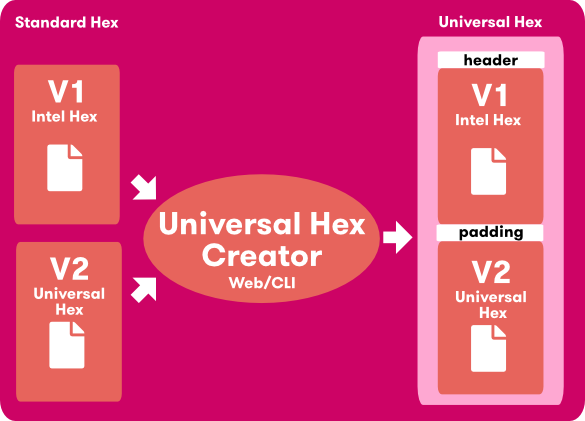Part Two: Reverse Engineering and Patching with Ghidra
You can now visually determine if this position is at least in the ballpark of the correct one. As our experience in 3D printing grows with the passage of time, we may also get courageous enough to start tinkering with our hardware, install updates or set other start and end G-Code snippets. Seeing how our additions improve the output quality of our machine can be incredibly rewarding and we will surely acquire a huge amount of knowledge while doing them. This is a firmware issue that has been fixed so far, you can fix it by upgrading the firmware.
Firmware can be found in a wide range of devices, from consumer electronics like smartphones and smart home devices to industrial equipment and automobiles. Its primary purpose is to ensure the reliable and efficient operation of the hardware it is embedded in, and it plays a critical role in the overall performance and functionality of the device. Generally, it was designed for high-level software and can be considered as “semi-permanent” because it remains the same unless it is not updated. In order to work with a new operating system, you need to update the firmware of certain devices like video cards and hard drives.

There’s a dedicated web configuration tool that connects to your firmware and allows you to modify it very easily. In addition, it has excellent documentation and great community support. Unzip the archive, find the configuration files for your printer (or the closest match) and copy them to the Marlin/ folder. Don’t forget _Bootscreen.h and _Statusscreen.h, if present. Flashing custom firmware on modern boards couldn’t be more simple. If you’ve purchased a board from the BIGTREETECH SKR series, or the latest Creality 4.2.7 for example, follow these 3 steps and you’re done. Above stock ROM (firmware) the success message, we can see the compiled firmware has been placed inside of the directory ‘Marlin-2.0.x\.pio\build\board_name’.
- Feel free to join our Discord to find any information, connect with the community, or show off your custom builds!
- For the first update you should use the recovery option.
- While the firmware’s code could be written in a high level language for ease and versatility, it needs to be translated into a low level language before getting etched into the device.
- By using PSad, it is possible to edit multiple files at the same time.
But it was challenging to use EPROM and also time-consuming to update as well was more expensive. Basic input/output system (BIOS) firmware is installed during production, providing the computer with instructions on performing basic tasks such as keyboard control and booting. One can also use it to identify and configure hardware such as computer hard drives. Device drivers are programs that enable interaction with hardware devices. Device drivers are hardware-dependent and operating-system-specific.
